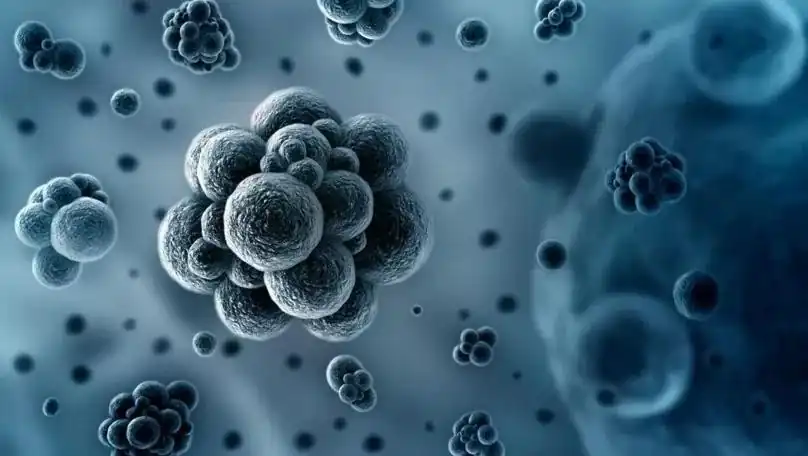Magnesium oxide (MgO) exhibits notable antibacterial and deodorizing effects, making it a versatile material with various applications. These properties stem from its unique chemical and physical characteristics.

Antibacterial Properties
MgO’s ability to inhibit or kill bacteria is primarily due to:
- Alkaline Environment: When MgO dissolves in water, it forms magnesium hydroxide (Mg(OH)2), which creates a strong alkaline environment. Many bacteria cannot survive or reproduce in such high pH conditions, leading to their inhibition.
- Cell Wall Disruption: MgO particles can directly interact with and damage bacterial cell walls, leading to cell death. This mechanism is similar to the antibacterial action observed in some nanomaterials.
- Release of Active Species: In certain conditions, MgO may release oxygen or other reactive species upon reaction with water or acids. These active substances can have a bactericidal effect.
- Low Toxicity: MgO is considered relatively non-toxic and is widely used in the pharmaceutical and food industries, making its antibacterial applications safe.
Deodorizing Effects
MgO’s deodorizing capabilities are attributed to several mechanisms:
- Moisture Absorption: MgO has excellent moisture absorption properties, which allows it to adsorb moisture and odorous substances like ammonia (NH3) and hydrogen sulfide (H2S) from the air, thereby reducing odor concentration. Its porous structure facilitates the adsorption and removal of both organic and inorganic odor sources.
- Odor Gas Neutralization: Due to its alkaline nature, MgO can neutralize acidic gases present in the air, such as ammonia and hydrogen sulfide. For example, it reacts with strong-smelling ammonia to form amino compounds, effectively removing the odor.
- Catalytic Decomposition: In specific environments, MgO can catalyze the decomposition of certain odorous substances, including some volatile organic compounds (VOCs), contributing to odor removal.
Application Areas
Given its beneficial properties, MgO finds applications in various fields:
- Air Purification: MgO is commonly used in air purification products as an adsorbent or deodorizer. Examples include air fresheners, cat litter, and shoe insoles, where it helps adsorb odors and improve air quality.
- Medical and Healthcare: Its antibacterial properties make MgO a potential ingredient in topical medications and antibacterial dressings for infection control.
- Environmental Treatment: MgO is also utilized in treating industrial waste gases, particularly for removing toxic and harmful gases like ammonia and hydrogen sulfide.
